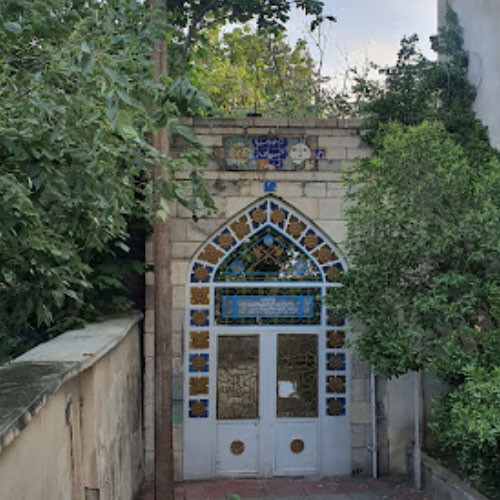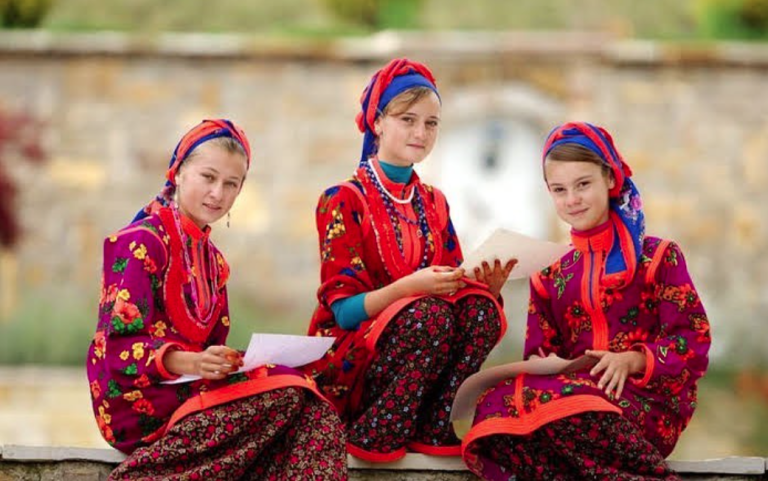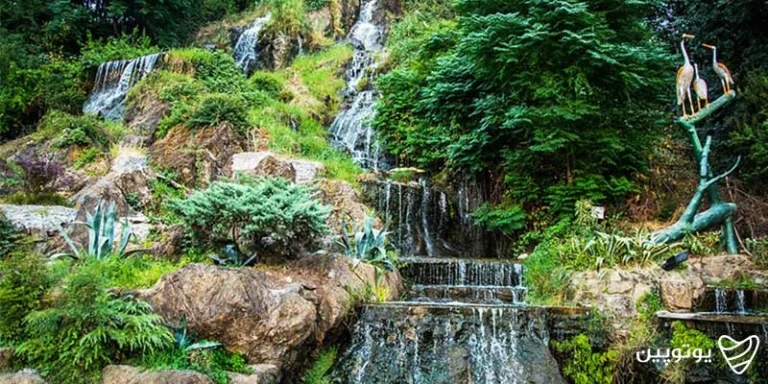
Title: Zahir-od-Dowleh Cemetery: Tehran’s Resting Place of Iran’s Cultural Icons
A Sanctuary of Art and History
Nestled in the heart of Tehran, the Zahir-od-Dowleh Cemetery is the final resting place of Iran’s most celebrated artists, poets, and cultural figures. This historic site, recognized as a National Heritage Site in 1998 (1377 SH), offers a serene retreat where the legacies of Iran’s luminaries endure.
A Legacy Rooted in History
The cemetery traces its origins to Mirza Ali Khan Zahir-od-Dowleh, a prominent Qajar-era statesman, musician, and reformist. After his passing in 1924, his burial site—beneath a cherished Dagh-Daghan tree—became a revered landmark. Zahir-od-Dowleh was a visionary who founded Iran’s first national orchestra and established the Anjoman-e Okhovat (Brotherhood Society) to combat superstition and autocracy.
Who Lies Here? Iran’s Cultural Pillars
Zahir-od-Dowleh is a tapestry of Iran’s artistic and intellectual heritage. Among its distinguished graves:
- Malik osh-Sho’ara Bahar: Poet, journalist, and political figure.
- Qamar-ol-Moluk Vaziri: Iran’s first female vocalist.
- Ruhollah Khaleghi: Composer of the iconic “Ey Iran” anthem.
- Forough Farrokhzad: Trailblazing modernist poet.
- Dariush Rafiei: Legendary singer of “Zahreh” and “Shab-e Entezar.”
Other luminaries include musicians Abolhasan Saba, Hossein Tehrani, and political figures like Hassan Taghizadeh, a key architect of Iran’s Constitutional Movement.
Visiting the Cemetery
Located in Darband, near Tajrish Square, the site is accessible via Metro Line 1 (Tajrish terminus) or buses to Tajrish Terminal, followed by a 20-minute walk.
Visiting Hours: Open Thursdays only, with gender-segregated entry times.
Why It Matters
More than a burial ground, Zahir-od-Dowleh is a living monument to Iran’s cultural resilience. Its preservation reflects the nation’s commitment to honoring its artistic and historical pioneers.
Note: Photography permitted; respectful attire recommended.
Key Takeaway: A pilgrimage for art lovers and historians alike, Zahir-od-Dowleh bridges Iran’s past and present through the stories of its most revered figures.


